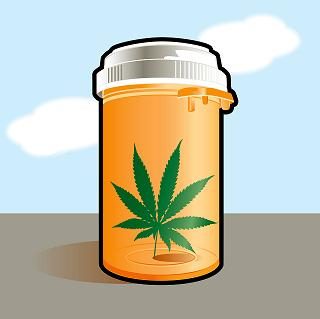 One of the arguments frequently used by marijuana reform opponents is that medical marijuana and recreational marijuana legalization will lead to more teen use. Like a broken record, marijuana opponenets repeat that claim over and over. They claim that when marijuana, medical or recreational, becomes legal it will result in a surge in teen use of marijuana. Unfortunately for these opponents, a federal report suggests that they are wrong.
One of the arguments frequently used by marijuana reform opponents is that medical marijuana and recreational marijuana legalization will lead to more teen use. Like a broken record, marijuana opponenets repeat that claim over and over. They claim that when marijuana, medical or recreational, becomes legal it will result in a surge in teen use of marijuana. Unfortunately for these opponents, a federal report suggests that they are wrong.
The United States Center for Disease Control releases a biennial survey report titled ‘High School Youth Risk Behaviour Surveillance System.’ The report for 2013 was recently released, and it shows that there has been no spike in reported teenage use of marijuana. In fact, since 1999 the opposite has happened. In 1999 nearly 27% of survey participants said that they had used marijuana. Oddly enough, that was the year I graduated high school, and I specifically remember answering yes on the survey. Compare that nearly 27% result in 1999 to a reported 23.4% usage in the 2013 report. This is very inconvenient to people like Kevin Sabet, who fight so hard to spread false anti-marijuana propaganda. I can’t wait to see how he tries to spin this one.
The CDC’s findings are similar to those in a recent report published in the Journal of Adolescent Health, which compared 20 years of CDC YRBS data about high school teens’ marijuana habits in states that have legalized medical marijuana compared with neighboring states that continue to ban the plant. It found that legalization of marijuana for medical purposes did not result in greater illicit use of the substance by high school students.
As recently as this week I’ve heard the claim that legalizing medical marijuana will result in a surge in teen use. The claim was made by medical marijuana opponents in Florida. There’s almost no way to spin the new report to fit their unfounded claim. Legalizing medical marijuana and/or recreational marijuana does not increase teen use, period. And keep in mind, this isn’t something that I pulled out of nowhere, it’s based upon data from our own federal government.








